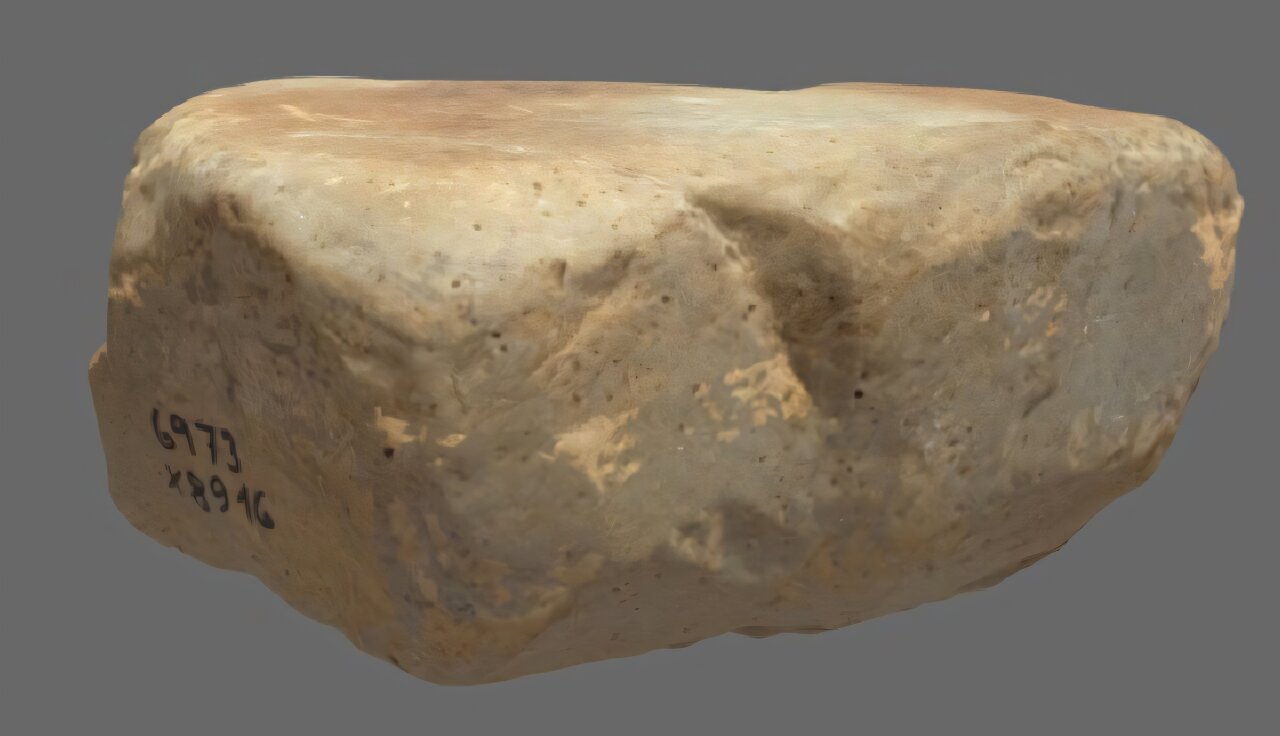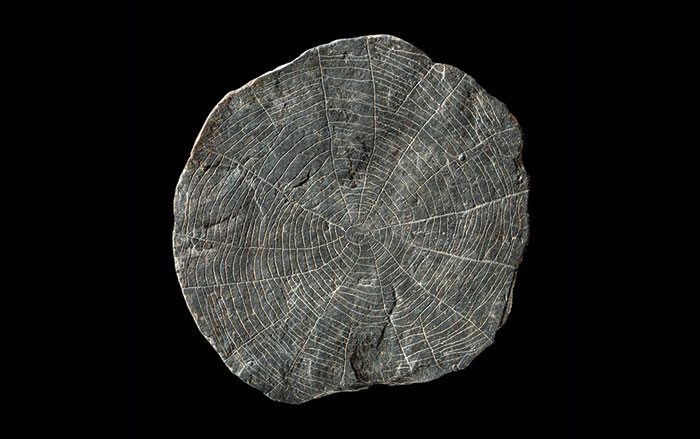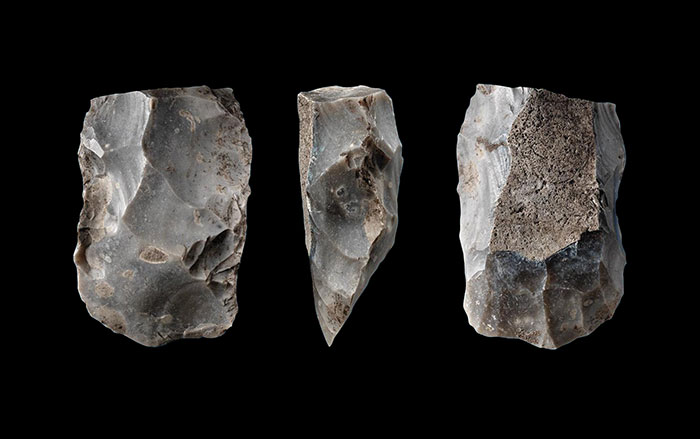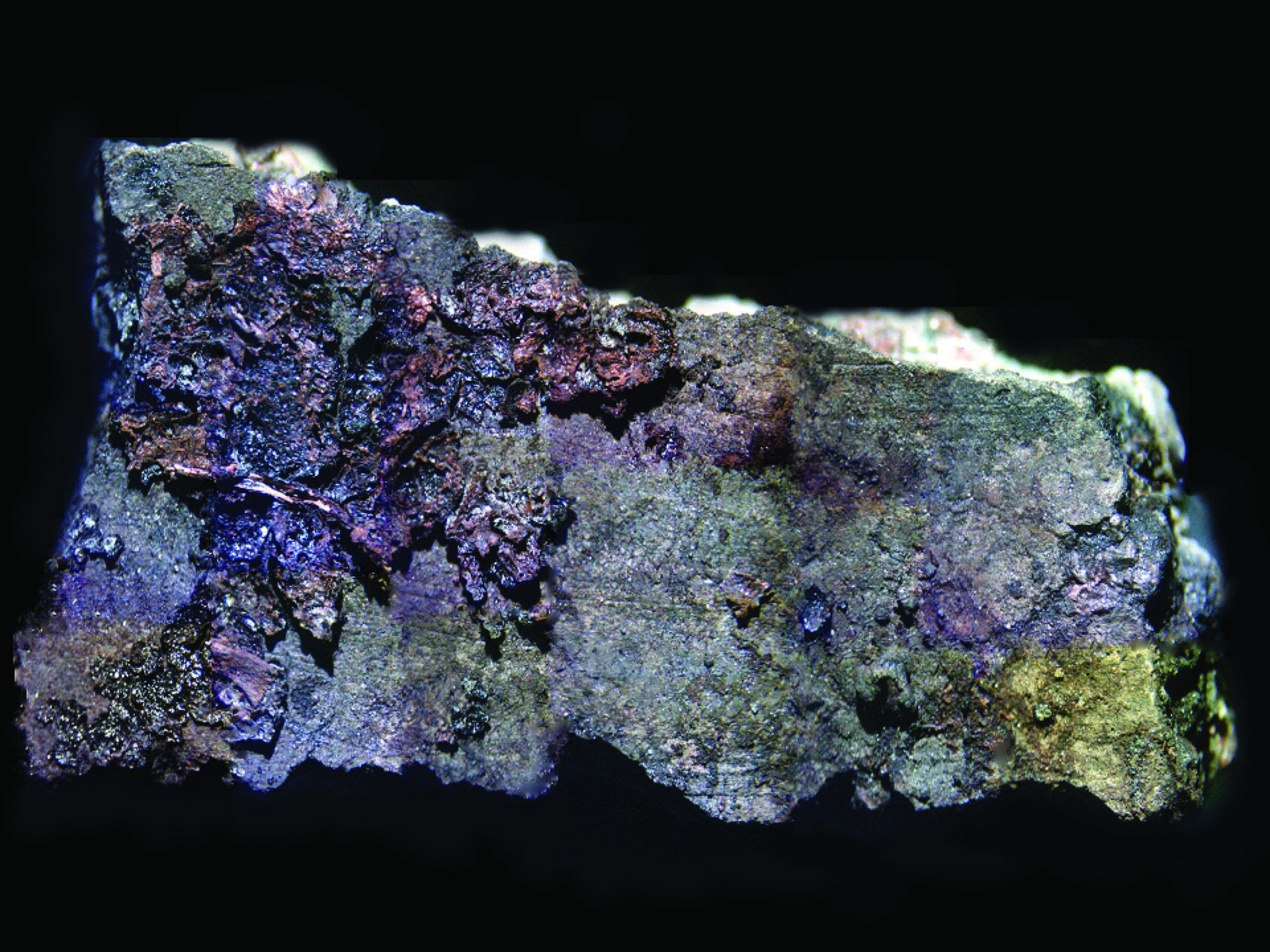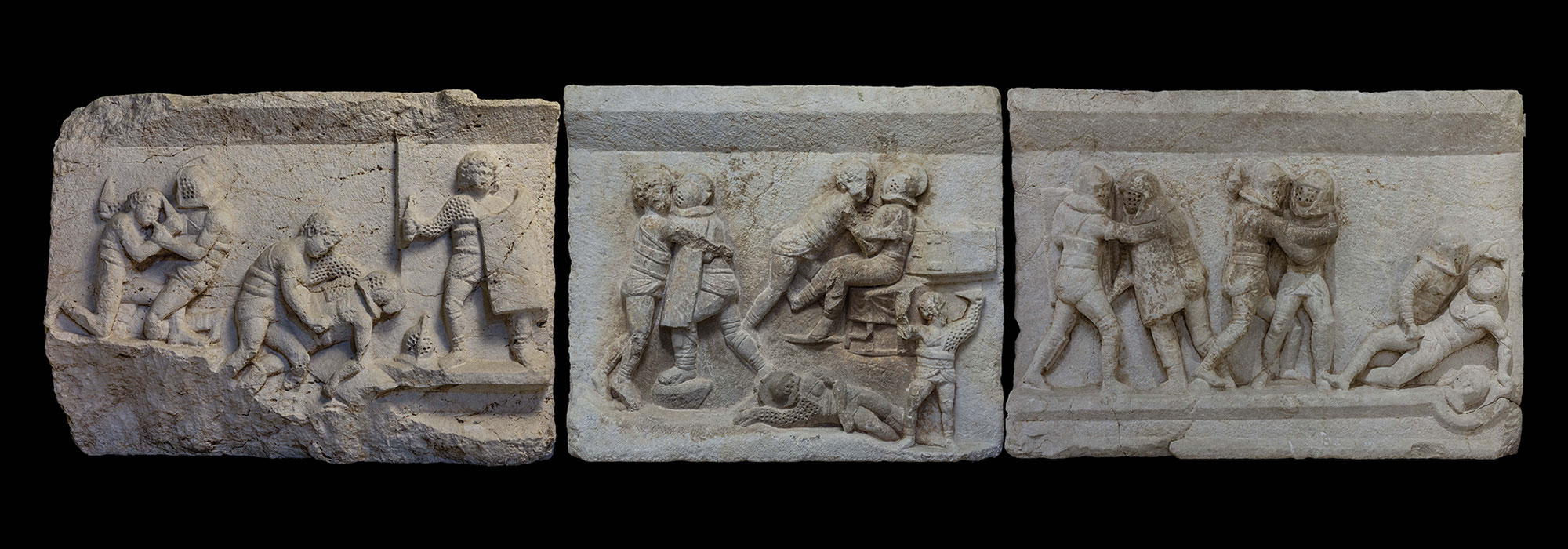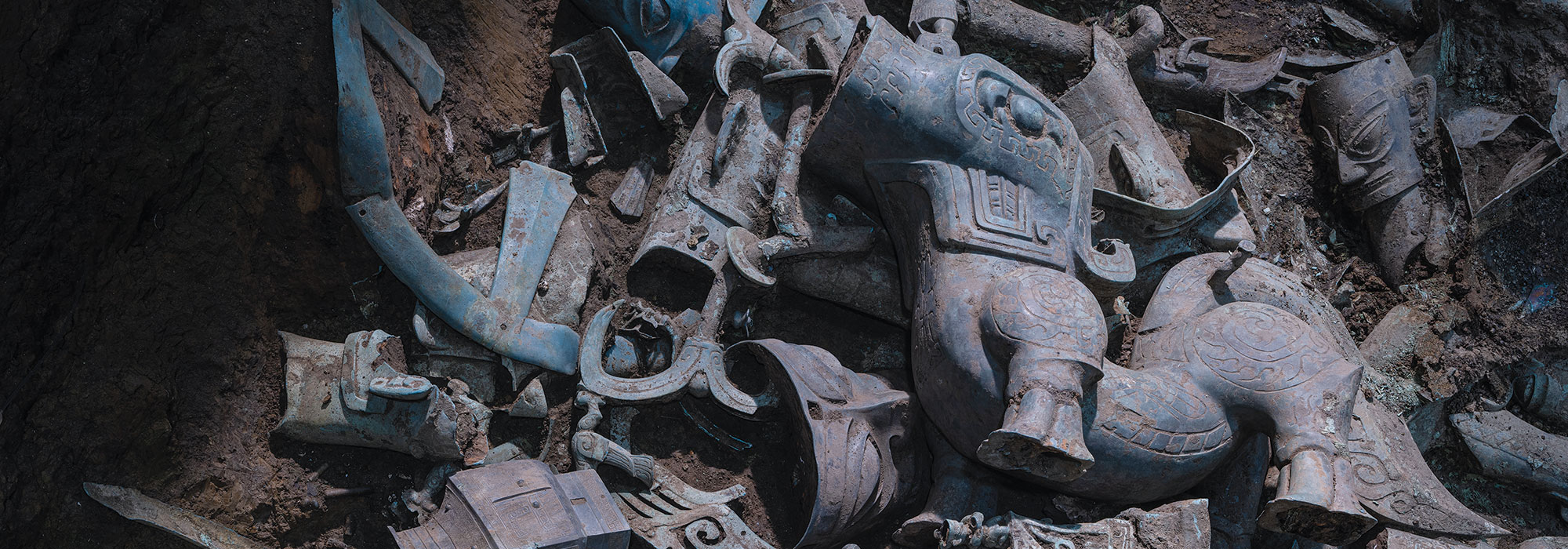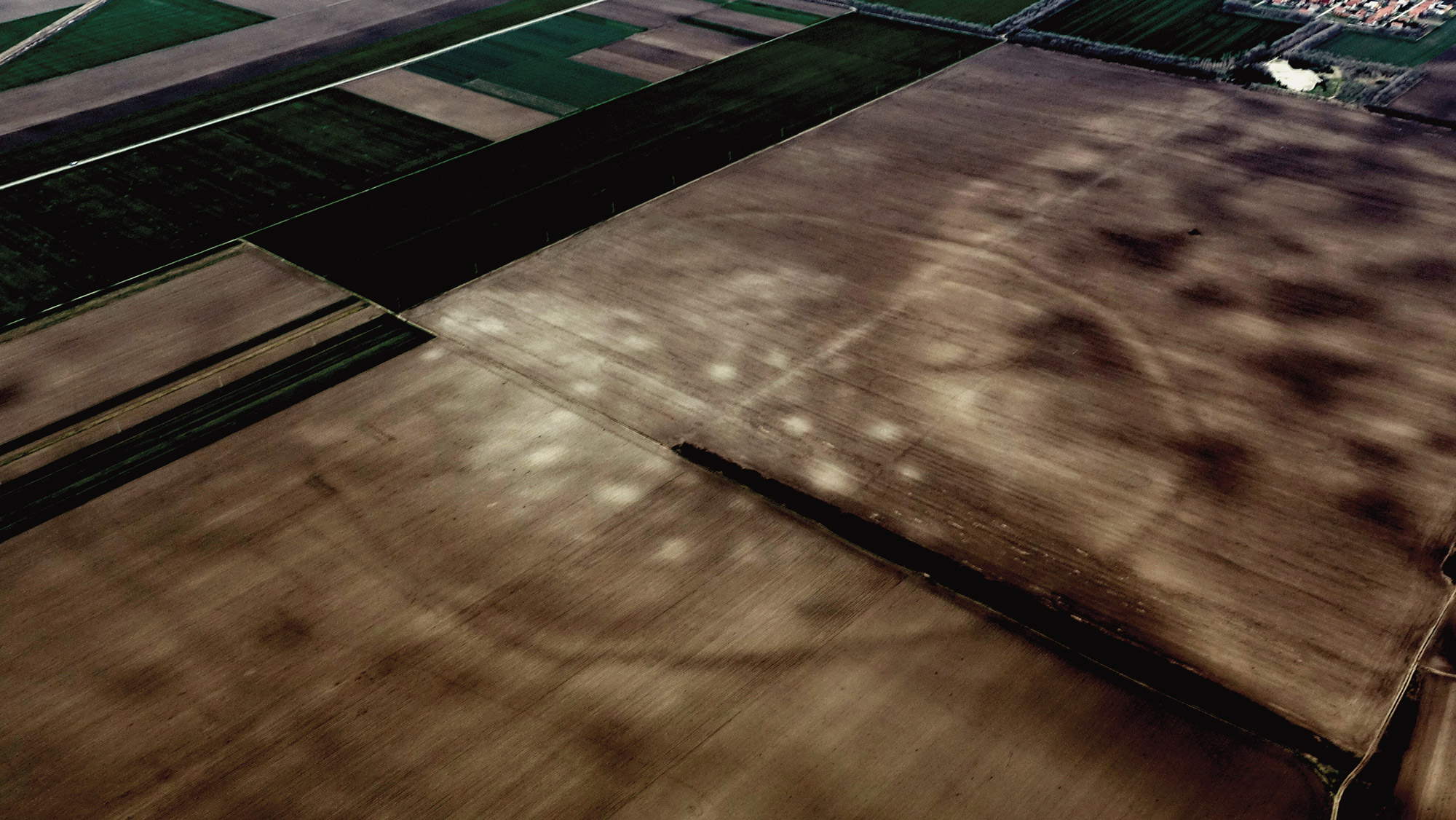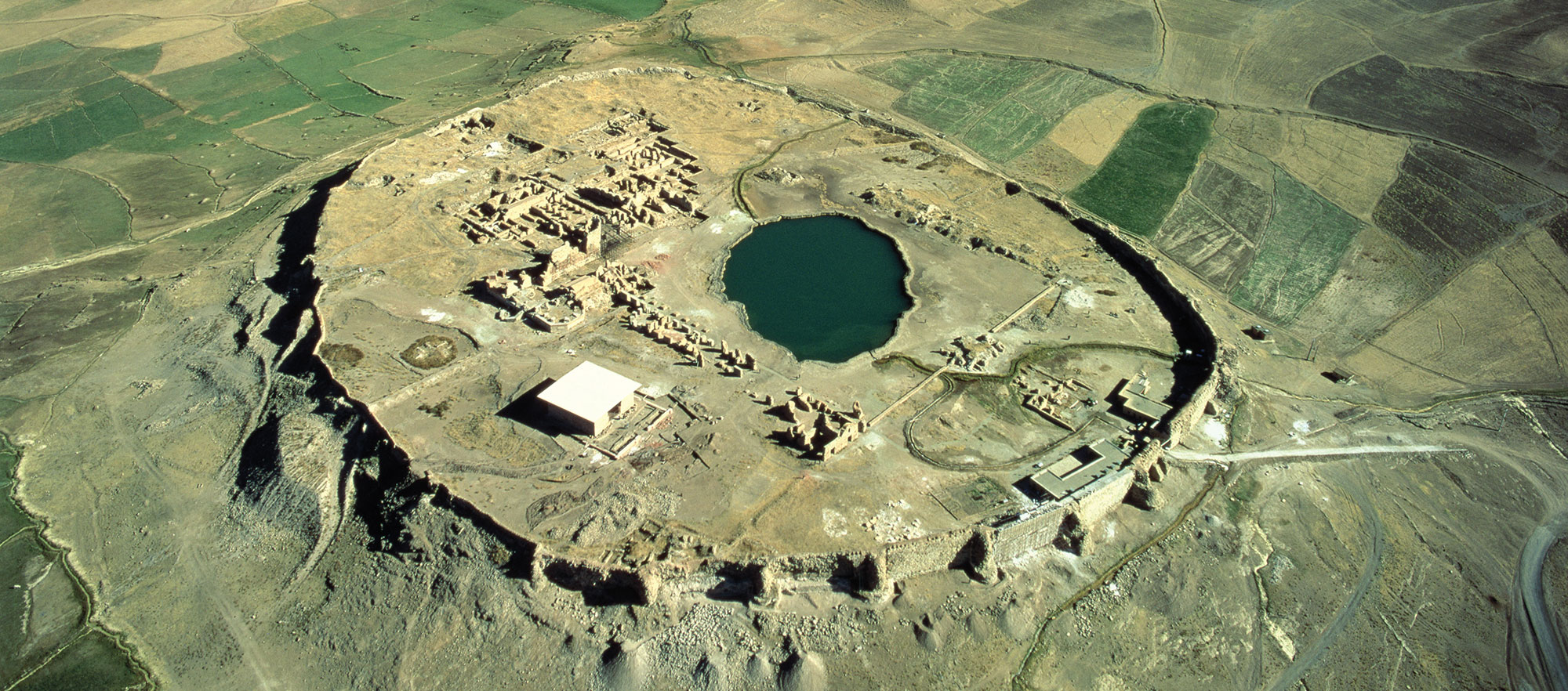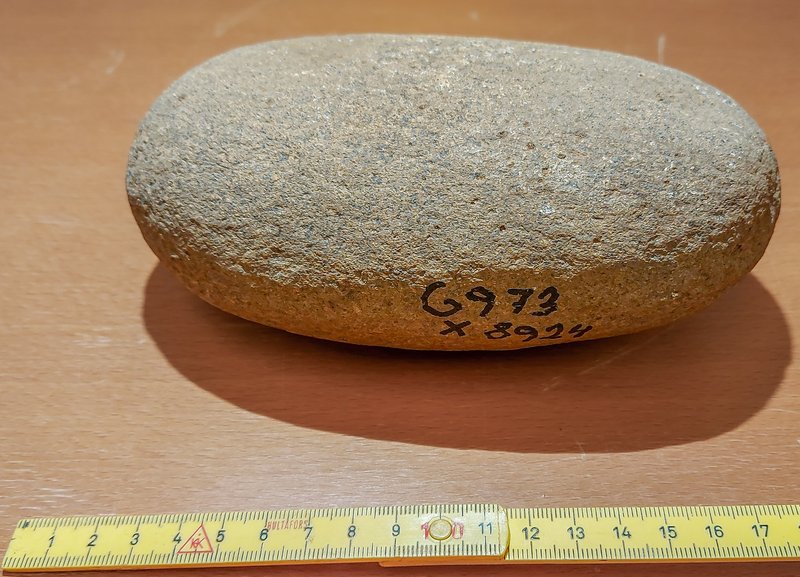
AARHUS, DENMARK—According to a statement released by Aarhus University, grinding stones recovered from Frydenlund, a Neolithic settlement site on the southern end of the island of Funen, were used to prepare porridge or gruel made from starchy plants, and not bread. The researchers examined 14 grinding stones and more than 5,000 charred grains of barley, emmer wheat, and durum wheat recovered from the Funnel Beaker Culture settlement. When viewed under a microscope, the 5,500-year-old residues on the surfaces of the stones were identified as the remains of wild plants, and not the cereal grains found at the site, as was expected. “We have not identified the plants the starch grains originate from,” said archaeobotanist Welmoed Out of the Moesgaard Museum. Niels H. Andersen of the Moesgaard Museum explained that marks on the stones indicate that they had been pounded and crushed with pestles. “We also found such pestles at the site, resembling rounded, thick stone sausages. However, we have not analyzed them for phytoliths or starch,” he added. Berries, nuts, roots, and meat likely rounded out the diet of these early farmers, the researchers concluded. Read the original scholarly article about this research in Vegetation History and Archaeobotany. For more, go to "Europe's First Farmers."


